Privacy & cookies
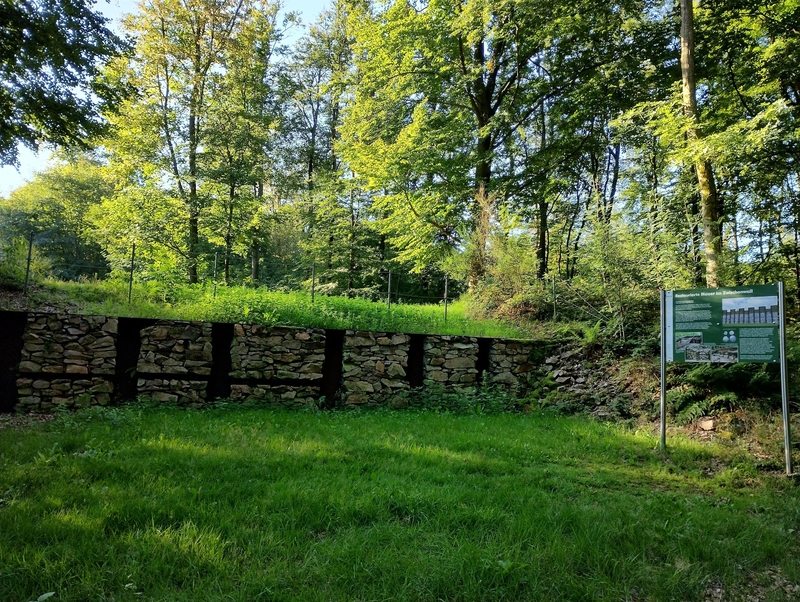
© Donnersberg-Touristik-Verband e.V.
Palatinate, Rhineland-Palatinate
Nature experiences
Uhlandstraße 2, 67292 Kirchheimbolanden
Opening hours not available
Ganzjährig frei zugänglich.
More than 2000 years ago, the highest mountain in the Palatinate was bustling with activity: Market days, handicrafts and trade shaped an early city whose dimensions are hardly imaginable today. At that time, several thousand people lived on the Donnersberg. Until a few decades ago, the remains of this city lay hidden. Thanks to archaeological research and excavations by the Directorate of State Archaeology Speyer, much has become visible again today.
The main plateau of the 687 m high Donnersberg is surrounded by a still clearly visible ring wall. A large Celtic city, a so-called oppidum, extended here from about 130 to 60/50 BC. This oppidum was the central place for the whole surrounding area in the Rhine plain. Situated in a dominant position above the Rhine valley, this city was one of the largest Celtic settlements north of the Alps.
Of the former oppidum, only the remains of the imposing walls have been preserved. The fortification is 8.5 km long and covers an area of 240 hectares. The walls were originally up to 4 meters high. They consisted of a front wall built without mortar using the dry construction technique, made of the rhyolite rock on the mountain, and a rampart of earth and stones piled up behind it. At the top a wooden wooden bulwark crowned the wall. A section of the former city wall was reconstructed and is visible today as a Celtic wall.
While the western half of the inner area probably remained mostly undeveloped and served rather as cattle pasture or arable land, the Ostwerk was at times inhabited by several thousand people. Later, the settlement area in the Ostwerk was reduced by the installation of another wall (the so-called "Zwischenwall"). When the town was abandoned, the walls in its upper part crumbled. The earthen rampart covered the still standing remains of the stone walls and forms today the "Keltenwall". In the section of the intermediate rampart, the archaeologists of the Directorate of Regional Archaeology - Speyer have opened "windows" into the interior of the rampart to reveal the original wall.
The 5 km long Celtic Trail starts at the parking lot on the Donnersberg and leads along the former fortification to the various excavation sites and monuments of the oppidum that are still visible above ground. With the Celtic Sculpture Trail, another hiking trail is dedicated to the culture of the early Donnersberg inhabitants. Thirteen unique sculptures on the Palatinate High Trail refer to Celtic mythology and point the way from the Donnersberg plateau to the Celtic village in Steinbach.
In the Celtic village in Steinbach, visitors can use all their senses to follow in the footsteps of the people who lived on the Donnersberg more than 2000 years ago. The courtyard settlement, built in the traditional way, gives visitors a good impression of the handicraft techniques that the Celts used to build their houses. In addition to expert guided tours, there are changing offers to participate in, where not only children can test their creativity and dexterity.
Source: DataHub Rheinland-Pfalz
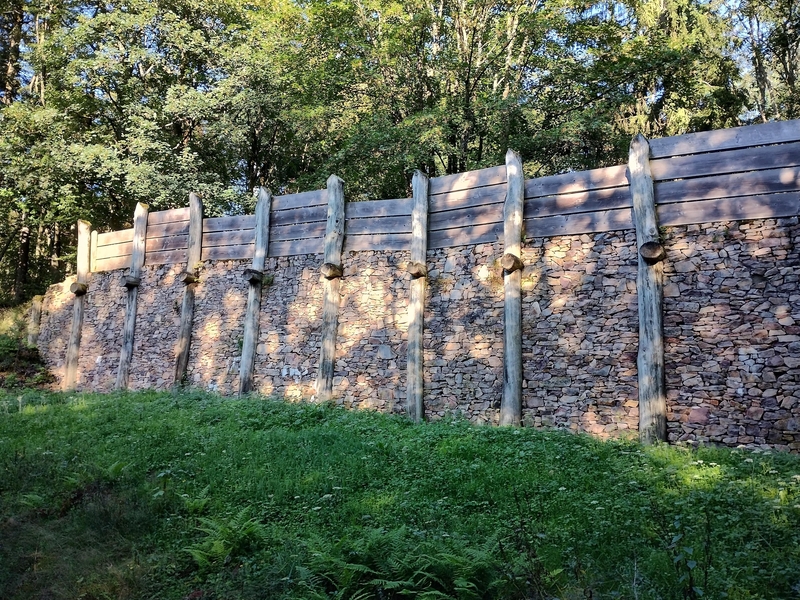
© Donnersberg-Touristik-Verband e.V.
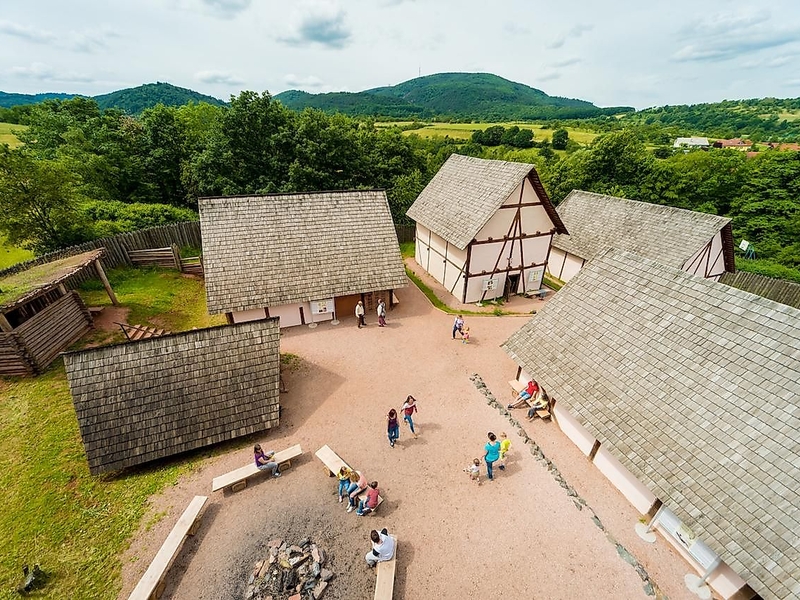
© Donnersberg-Touristik-Verband e.V.
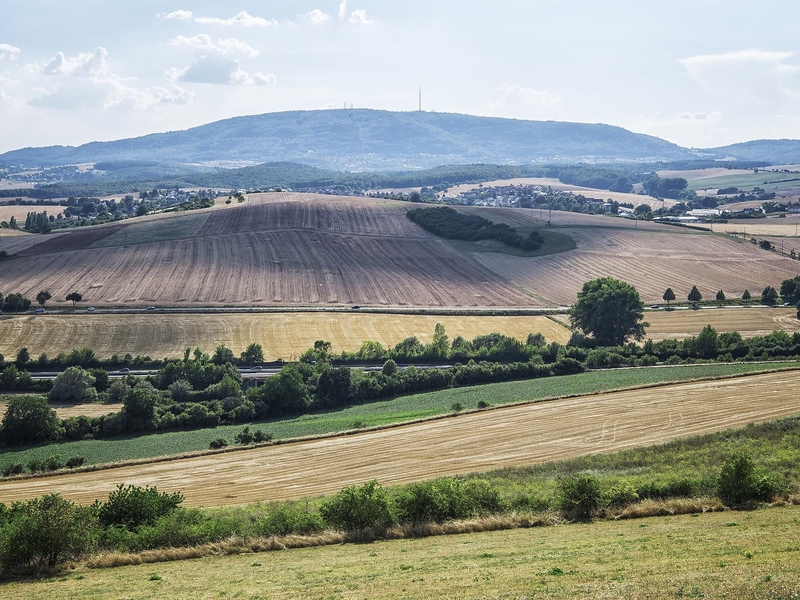
© Donnersberg-Touristik-Verband e.V.
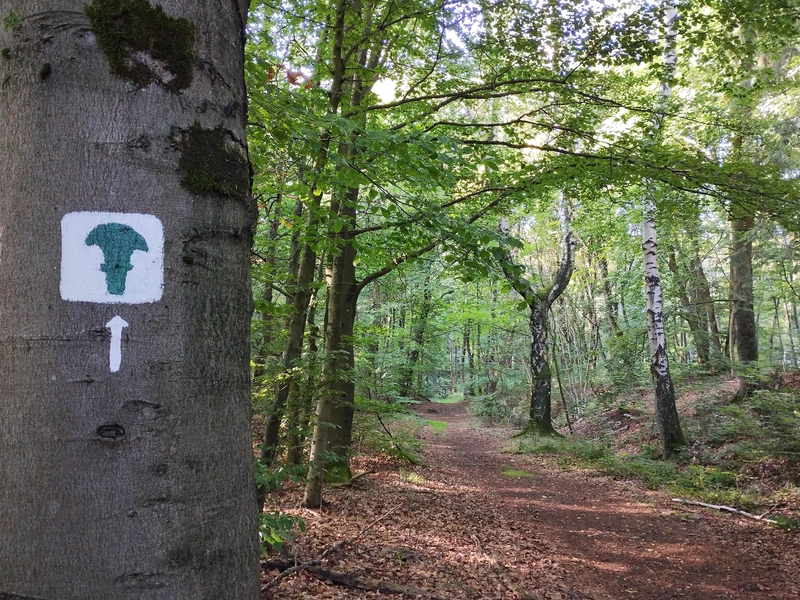
© Donnersberg-Touristik-Verband e.V.

© Donnersberg-Touristik-Verband e.V.
| Monday |
|
00:00 - 23:59 |
| Tuesday |
|
00:00 - 23:59 |
| Wednesday |
|
00:00 - 23:59 |
| Thursday |
|
00:00 - 23:59 |
| Friday |
|
00:00 - 23:59 |
| Saturday |
|
00:00 - 23:59 |
| Sunday |
|
00:00 - 23:59 |